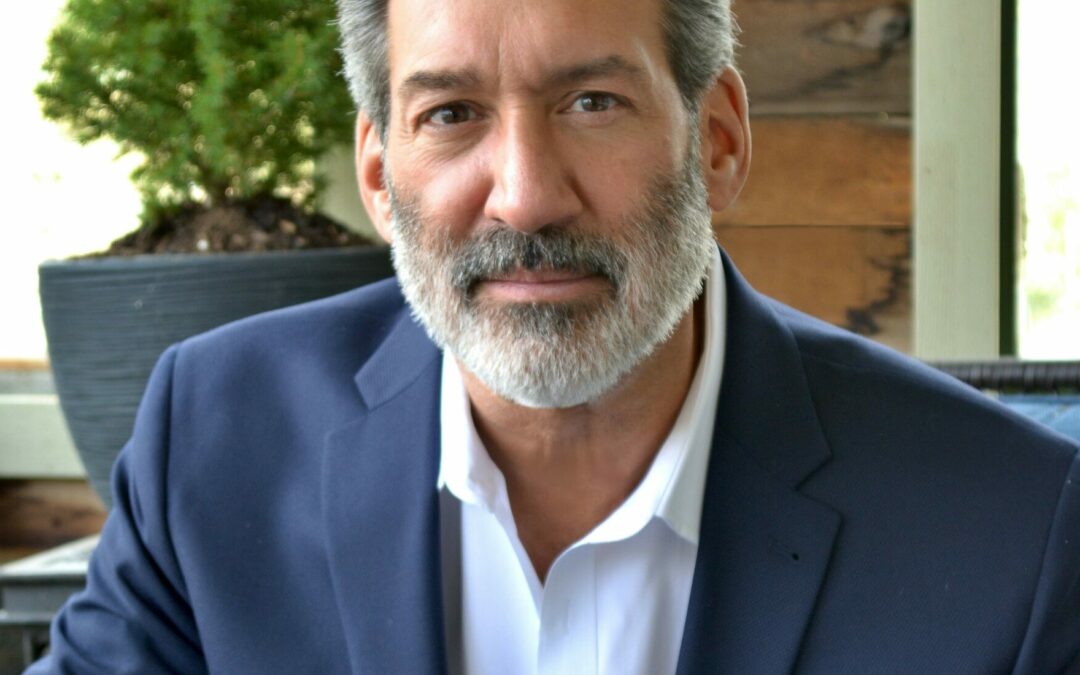Podcast: Play in new window | Download
Subscribe: Spotify | Email | RSS
On this week’s episode of The Leadership Habit Podcast, Jenn DeWall talks to customer experience expert and keynote speaker David Avrin. Together, they explore the challenges of customer service in today’s fast-paced marketplace.
David shares his insights about the pain points customers are facing and how leaders can start enhancing the customer experience to win more business!
Meet David Avrin, Customer Experience Expert, Author and Speaker
David Avrin, CSP, Global Speaking Fellow, is one of the most in-demand Customer Experience speakers and consultants in the world today. David helps organizations better understand their changing customers and clients to make connections and future-proof their businesses.
David is the author of five books, including the acclaimed: It’s Not Who You Know, It’s Who Knows You!, Why Customers Leave (and How to Win Them Back) and his newest book: The Morning Huddle: Powerful Customer Experience Conversations to Wake You Up, Shake You Up, and Win More Business.
Be Ridiculously Easy to Do Business With
As the episode opens, Jenn and David talk about the unique challenges in the world of customer service today. They discuss the changing priorities of businesses and customers alike. They stress the need for speed, flexibility and simplicity in the customer journey. Even the smallest amount of friction within a business transaction can frustrate a customer.
David explains:
“So we’re kind of in a time right now, and it’s very good for consumers, by the way, that we assume that everybody’s good. So what’s the real differentiation? It’s not who has the most clever marketing campaign. And so we talk about being ridiculously easy to do business with.
You can have a great business proposition. You can have a great product or service. But if you’re a pain. If it takes longer than people think it should, if you’re adding friction, or if you’re adding frustration to the process.
Because to do business with you, now we have to download the app. And we have to reach into our pocket or our purse and pull out our credit card to type in those numbers. And then register ourselves before we can do a simple transaction. You are frustrating to do business with, right?
Or if they call and try and reach a real person. We find ourselves, you know, saying agent, representative, real person. It’s funny, but it’s ridiculous.
And so you ask the question, can we be easier to work with? I think we not only can, I think we have to. And that takes taking a step back and looking at your own customer journey. How do people discover you and reach out and communicate and order and buy and customize and pay and deliver and follow up?
And if any one of those steps is frustrating for your customers, then there’s a friction point. And you’re at risk of losing that prospect or losing that long-term customer. Because we have options. We’ve never had more options. We’ve never had a time where the options were so good because today, everybody’s good.”
Customer Service and Customer Experience are not the Same
Later in the episode, Jenn asks David about the difference between customer service and customer experience. David explains that they are both important, and there is some overlap. However, they are not the same.
He explains:
“Both are really important. And there’s certainly an overlap in that Venn diagram. But customer service is something we’ve been talking about for 50-plus years, still incredibly important. I think we know how to be nice to people.
I think some companies have gone too far in doing the scripted response. Oh, I’m so sorry. Ms. DeWalll, I know how frustrating that must be. Well, yeah. It’s like, stop reading the script. Gimme a break.
But customer service, I think we certainly have to educate our new employees. Here’s our culture, here’s what we believe, here’s how we treat people.
But the experience is different. The experience is actually judged. Think of the service as what is delivered by the company. And the experience is what’s judged by the customer, right?
How easy were you to work with? Was that frustrating? Was it intuitive? Did I feel like I was being pushed in a direction? Or was it easy to find someone to help me or to find what I was looking for?
Of course, there’s the CX, the customer experience, and there’s the UX, which is the user experience on our devices. And then there’s the EX, the employee experience. And all of those are incredibly important.
But on the customer experience side, what’s interesting is we all have an experience, but it doesn’t necessarily involve a person anymore. I think one of the biggest industries that’s being affected by this is financial services or banks, right? I’ve, I’ve talked to bank leaders, and if you ask them, you a hundred percent, you’ll get the same answer.
Ask them what their competitive advantage is, and they’ll all say it’s the relationship. We know our customers by name. Say, okay, lemme challenge you. 95% of my transactions don’t involve a person.
I’ll go speak for an organization, I’ll get a nice check. I’m sitting in the back of the Uber on the way to the airport. I take a picture of the check, it’s deposited. I had an experience, but there was no person. I’m not standing in line. Nobody’s asking me, so what are your plans for the weekend? Right?
The point is, there’s an experience, but we’re not talking to a person at all. There is no service involved, but there’s definitely an experience.
And so how long do you have to wait? Is it intuitive? Can we find the choices that we want? Can we customize in a way that maybe we were not accustomed to?
But a lot of this is being driven by other industries. And I think, for the first time in business, you’re being compared against organizations, companies, and brands that have nothing to do with what you do. And that’s a new dynamic.
We’re being compared against Uber and Amazon, and is that fair? It doesn’t matter, right? They’re used to being able to see into the process. Where I had something delivered today, and I could see Amazon was five stops away. ”
You Need a Customer Experience Strategy
As the episode wraps up, Jenn asks David what steps leaders can take to improve customer experience. David shares that he asks his clients to sit down and really think about the customer journey and where customers feel frustrated. The more you can streamline that journey, offer multiple channels for customer engagement, and personalize the experience, the more positive the customer experience will be.
If you want to hear more advice from David about developing your CX strategy, be sure to listen to the full episode on your favorite podcast streaming service!
Where to Find More from David Avrin
Listeners of The Leadership Habit can connect with David online:
Thanks for listening to The Leadership Habit podcast! Be sure to listen to our latest episodes on your favorite podcast streaming service. If you are looking for more leadership resources, be sure to check out our blog, register for an upcoming webinar, or download our latest e-book!





